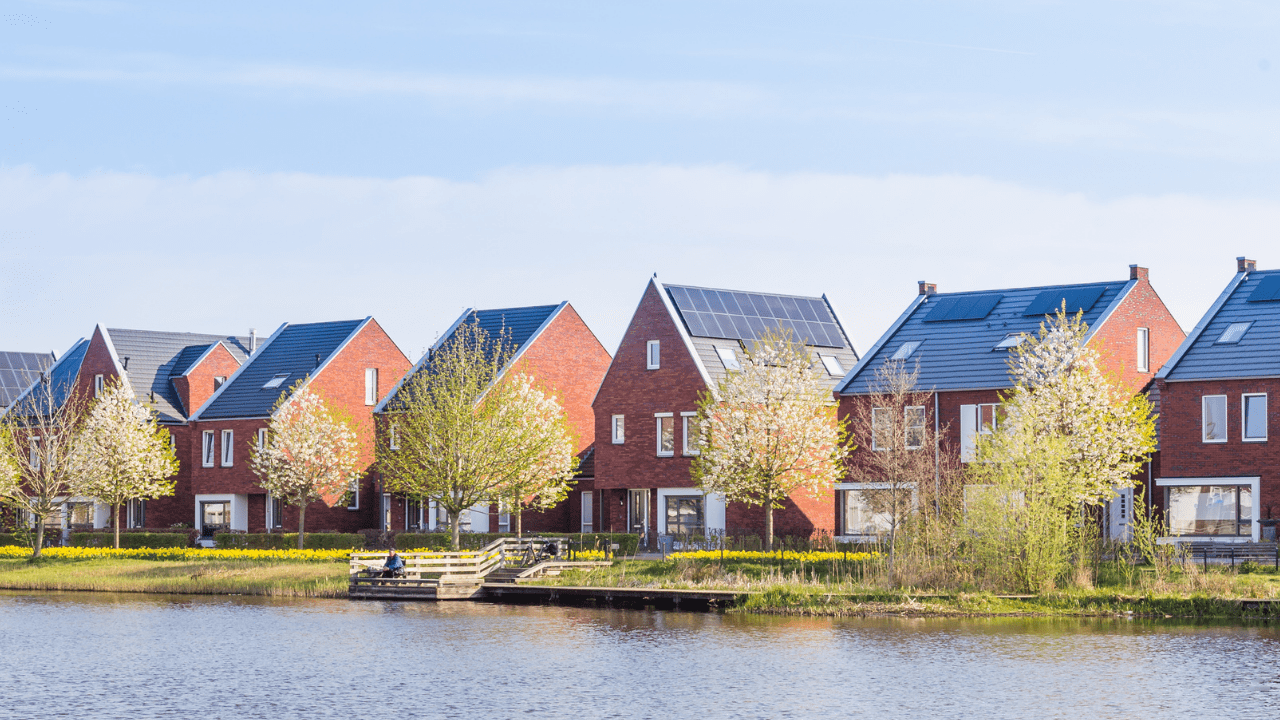
Welcome back to iLeads Mortgage Market Minute, where we bring you the latest, most relevant news regarding the mortgage market. We hope you enjoyed last week’s edition where we talked about April’s Home Prices Grew by 13% and Broke More Records. This week we’re bringing Homebuyers are Growing Weary of the Housing Market:
“RefiNow” Presents Opportunities, For Some*
Fannie Mae announced a new refinance program “RefiNow”, effective June 5th, designed to provide greater loan flexibilities for low income borrowers, particularly those unable to refinance during 2020’s historically low interest rate environment. Here’s a link to that announcement.
There’s been a LOT of advance hype about the program: how many homeowners it will help; how much they’ll save; etc, but as always, the devil is in the details. Let’s look at RefiNow’s pros and cons!
Pro: RefiNow allows debt-to-income ratios of up to 65%, well above Fannie’s limit of 50% on other programs.
Con: Borrowers obtaining RefiNow loans must have income under 80% of the Area Median Income (AMI). What’s the AMI where you live? You can look it up here.
Pro: RefiNow requires lenders to lower applicants’ interest rates by at least 0.5%.
Con: In many cases, homeowners’ current rates are within 0.5% of prevailing market rate. They won’t be eligible for RefiNow.
Pro: RefiNow requires a monthly savings of at least $50 on the new house payment.
Con: For borrowers with smaller loan sizes, dropping their payment by an amount less than $50 could still be a benefit. The $50 savings requirement will restrict some qualified homeowners from the program, even if their budget is tight (as presumably is the case for those whose income is <80% of the AMI).
How fix’n’flip loans could help expand housing inventory*
The average home age in the U.S. is 40 years old, so there’s a large stock of housing that needs to be renovated
With tightened housing stock supply, the competition for home buyers is fierce this year. Low rates and increased demand mean prices are soaring on what stock is available – and what’s available isn’t staying on the market for long.
One issue is that among the low inventory, there are even fewer homes that are move-in ready, said Keith Lind, executive chairman and president of Acra Lending.
“We actually have a lower inventory of homes that people really want to live in turnkey,” Lind said. “The average home age in the United States is about 40 years old, so there’s a huge stock of homes that need to be renovated.”
Given the rising price of lumber and other construction costs, renovations may sound impractical. However, that’s not necessarily an issue for homes that are simply being updated, according to Lind.
“New construction is everything – it’s copper, plastic, plumbing, lumber, roofing – but in a rehab, you’re not necessarily doing all that, there’s not a big spend on that,” he said. “From a monetary standpoint, it’s much cheaper to go in and rehab these homes and get them up to date with living standards of today than knocking them down [and building new homes].”
But not everyone has the time and ability to flip a house themselves, especially given the timing gap between purchasing a fixer-upper and updating it enough to move into full-time.
According to Lind, one way for existing housing stock to be expanded and improved upon is through investors or developers using fix’n’flip loans.
A fix’n’flip loan is designed to cover the costs of purchasing a home and renovating it. The loan is transitional, lasting about nine months to a year, with the end goal of putting that house right back on the market.
“Not everyone can afford a brand-new construction home, given where home prices are,” he said. “It’s more affordable to go the route of working with someone who’s selling homes that have been renovated. We think this is a more economical decision for homeowners, a much bigger opportunity than new-build construction in the U.S.”
Lowest Rates in Nearly 2 Weeks*
Mortgage rates haven’t been in the habit of making epic swings recently. That’s not a bad thing considering they continue to operate in very low territory in historical terms. For the average lender, today brought one of the bigger recent examples of improvement. In the best cases, borrowers may be seeing a rate quote that is an eighth of a percent lower versus the highs from the end of last week (Thursday afternoon or Friday morning, depending on the lender), but most would simply realize the improvement in the form of lower upfront costs or a higher lender credit.
Purchase loans continue carrying the best rates.
Homebuyers are growing weary of the housing market*

Fannie Mae’s HPSI sees “good time to buy” sentiment drop to survey low
Homebuyers are feeling pretty discouraged by the housing market these days. The latest Fannie Mae Home Purchase Sentiment Index shows that just 35% of consumers believe now is a good time to buy a home, down from 47% in April. And those who believe it is a bad time to be a homebuyer increased to 56% from 48%.
“Consumers appear to be acutely aware of higher home prices and the low supply of homes, the two reasons cited most frequently for that particular sentiment,” said Doug Duncan, senior vice president and chief economist at Fannie Mae.
“However, despite the challenging buying conditions, consumers do appear more intent to purchase on their next move, a preference that may be supported by the expectation of continued low mortgage rates, as well as the elevated savings rate during the pandemic, which may have allowed many to afford a down payment,” Duncan said.
Though low inventory, bidding wars and high prices have knocked down homebuyer sentiment, other factors, such as a rebounding economy and stable income levels, pushed the overall HSPI index up one point to 80 in May.
In fact, four of the HPSI’s six components measuring market expectations increased month over month. The HPSI is still 12.5 points higher than it was in May 2020, when forbearance and unemployment heavily weighed down consumer sentiment.
Finding highly affordable leads to keep sales coming in
At iLeads, we have many great solutions for mortgage LO’s at a low cost. If you’d like to see how we can help you bring in consistent sales for a great price, give us a call at (877) 245-3237!
We’re free and are taking phone-calls from 7AM to 5PM PST, Monday through Friday.
You can also schedule a call here.
